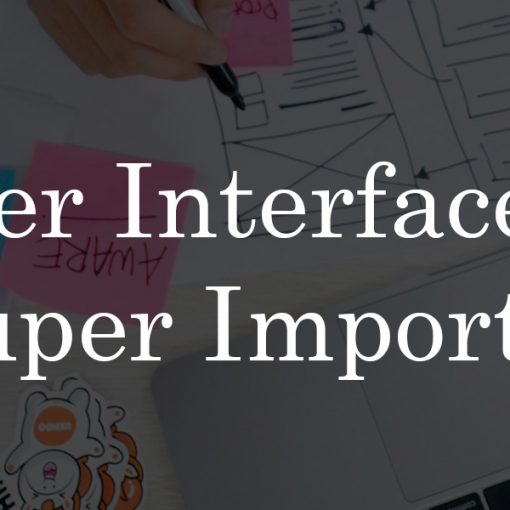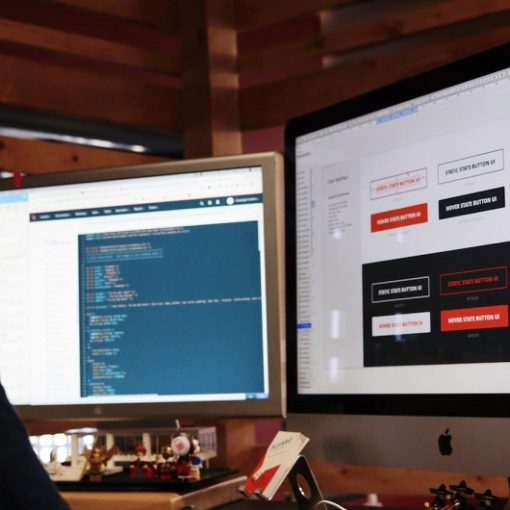People are continuously looking for ways to simplify their life. We create robots and automatic cars to avoid doing routine tasks on our own. The same trend can be applied to our everyday life as we use various programs and apps. This ubiquitous trend toward simplicity calls for updates to older programs and serves as a focus for startups when developing new solutions.
There are lots of methods that can be used to achieve better performance and improve user experience. Appropriate UI/UX design is among the most efficient ones. It covers a huge range of product development techniques implemented by a UI/UX design agency for startups. Let’s look at them closely.
Why UI/UX design is vital
UX is a short form of user experience. It can be explained both as theory and as practice. User experience covers customer needs and habits, their fears, and behavioral patterns. It focuses on human behavior and helps implement this knowledge in a new product.
UI stands for user interface and pretty much explains itself. It centers around a user-friendly interface design that doesn’t make consumers search for a needed button for hours. It provides for the simple use of a product.
UX and UI often go together and are implemented at different stages of the product/service development. At first, the expert collects all the data needed to create an intuitive interface and then, implements this knowledge in design.

UI/UX design trends for startups
This area is constantly developing and expanding. The business pushes it to improve, so new trends are constantly arising.
Micro-interactions
Micro-interactions cover small design details that help a user to seamlessly interact with the product’s interface. Roughly, every minor element that isn’t a main or a general feature can be called a micro-interaction. The simplest example that comes to mind is the reactions you can give a Facebook post. You can choose the feeling that arises when you see particular information and let people know about it. This may not be the reason why you installed the FB app in the first place but it certainly adds a personal touch. So attention to details in your product can be a real game-changer.
AR and VR
Augmented Reality (AR) and Virtual Reality (VR) still seem a bit futuristic. But they are developing and soon, we will use them on a daily basis. The lockdown may have just accelerated growth in technology.
AR is a ‘mixed’ reality, which is designed using computer technologies and “augmented” elements of perceived reality. Since it’s mixed, the real objects are also in the field of perception. It has a lot to do with 3D elements. Unlike AR, VR is created using only technological means and uses human senses like vision, hearing, touch, and others in order to take them to a different reality. The actions are performed in a real-time mode so it creates a fascinating experience.
Password extinction
Studies showed that four years ago, around 40% of users used to lose their passwords at least once a week. Now, we’re already halfway into a password-less era. Although there are Touch ID and Face ID options, many apps still ask to enter a password. Of course, biometric identification is applicable to mobile devices mostly, but there are ways to decrease the use of passwords in desktop versions, too. There are one-time passwords, as well as short-term ones.
Digital ecosystems
A digital ecosystem is basically a set of products and services that cover several categories of customer needs at once. It is developed by one or several companies in partnership. There are not many digital ecosystems nowadays since this trend has emerged only recently. The most popular one is probably Amazon. It offers a huge variety of services and products that cover almost every consumer’s need in daily life, from groceries to web security to AR/VR solutions. You can compare other similar cloud services here. It can easily be our future, so it would be wise for a startup to think about it in advance and collaborate with other businesses to create such an ecosystem.
UX writing and microcopy
Describing a product/service is not enough anymore. Nowadays, users tend to read less. They prefer short and concise texts, which are always to the point. Forget about using hyperbolized descriptions and vague words — there’s a huge chance that people will not believe you. This is especially true for new products and startups which haven’t earned the customers’ loyalty yet. Don’t overpraise your product. Instead, talk about the exact benefits that your product provides and how it can make the life of customers easier.
Moreover, use tiny bits of content to complement the product’s interface. This will help you guide customers, lead them to the desired action, or simply instruct them throughout their journey. Microcopy has a great impact on user experience and helps drive conversions.
Conclusion
Analyzing trends is important in every business area. Startups need to predict the trends in order to create relevant solutions. Summarizing all the above said, the modern startup is expected to deliver digital products that are concise and simple. They should not complicate user experience with unnecessary elements like passwords and long-reads. They HAVE to give customers real value. It’s true for every business, let alone startups and new services.



